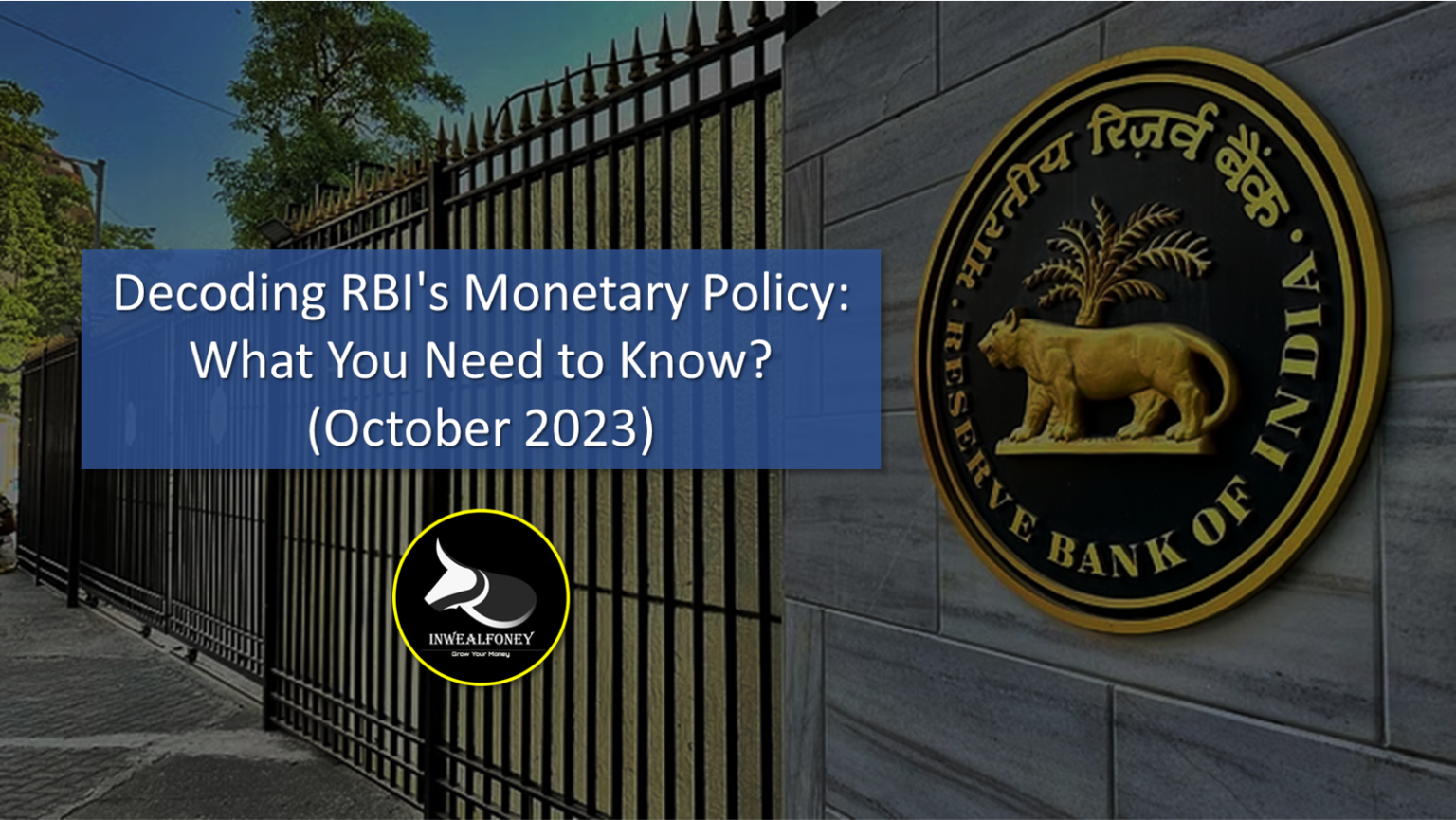The Reserve Bank of India (RBI) has recently made a significant announcement regarding its monetary policy and economic outlook. In its latest update, the RBI decided to keep its benchmark repo rate unchanged at 6.5% for the fourth consecutive time, while maintaining a hawkish policy stance aimed at the "withdrawal of accommodation." Let's delve into the key highlights and forecasts from this important announcement.
Steady Repo Rate: The RBI's decision to maintain the repo rate at 6.5% marks the fourth consecutive time it has remained unchanged. The repo rate is the rate at which commercial banks can borrow money from the central bank, and it plays a pivotal role in influencing interest rates in the broader economy.
Monetary Policy Committee Decision: The RBI's Monetary Policy Committee voted unanimously to keep the policy repo rate unchanged at 6.5% and remained focused on the withdrawal of accommodation, with a 5:1 vote ratio.
Economic Growth Forecast: The RBI expects India's real GDP growth to be 6.5% in FY24. For specific quarters, growth is projected at 6.5% for July-September 2023, 6% for October-December 2023, 5.7% for January-March 2024, and 6.6% for the first quarter of FY25.
Inflation Projections: The RBI estimates retail inflation, measured by the Consumer Price Index (CPI), to be at 5.4% for FY24. Quarter-wise projections include 6.4% for Q2, 5.6% for Q3, 5.2% for Q4, and 5.2% for Q1 FY25. Core inflation has softened to 4.9% in recent months.
Inflation Target Clarification: RBI Governor Shaktikanta Das emphasized that the inflation target remains at 4%, rather than the broader range of 2-6%. The central bank's aim is to align inflation with this target on a durable basis while simultaneously supporting economic growth.
Economic Resilience: Despite challenges in the global economic environment, India's economy continues to forge ahead. Growth remains on track, although there was a temporary interruption in the declining trend of inflation in August.
Positive Economic Indicators: Several positive indicators were highlighted in the announcement. Inward remittances in India rose by 5.8% year-on-year in Q1 FY24, and the current account deficit decreased to 1.1% of GDP. Furthermore, India's forex reserves increased by a net $24.4 billion. External commercial borrowing saw a turnaround, with $4.5 billion raised from April to August, with a significant portion earmarked for capital expenditures. Foreign Portfolio Investment (FPI) flows also rebounded, with net inflows of $20.3 billion up to September 2023. However, net Foreign Direct Investment (FDI) moderated to $5.8 billion in April-July.
Monitoring Personal Loans: Governor Das expressed concerns about certain segments of the personal loan sector that are experiencing rapid growth. The RBI is closely monitoring this situation and is prepared to take proactive measures to maintain financial stability.
Credit Growth and Risk Management: India's credit growth was described as broad-based, supported by the robust fundamentals of financial institutions. However, the RBI emphasized the need for robust risk management and stronger underwriting standards.
NBFCs and Credit Risk Mitigation Instruments: A significant policy change was the decision to allow Non-Banking Financial Companies (NBFCs) in middle and base layers to use credit risk mitigation instruments. Previously, only NBFCs in upper layers had this privilege.
Optimizing Liquidity: The RBI encouraged banks with surplus funds to consider lending in the interbank call market instead of passively placing funds under the Standing Deposit Facility. The announcement also discussed the incremental cash reserve ratio (ICRR) and its impact on liquidity conditions, with a call for banks to assess their liquidity requirements actively.
Global Economic Trends: The global economy is facing challenges due to tight financial conditions. While headline inflation is easing in many major economies, it remains above target. In contrast, India's domestic growth remains resilient, driven by strong domestic demand.
Inflation Outlook and Risks: The RBI highlighted that persistent food price shocks could impact inflation. Vegetable prices corrected in August and are expected to ease further in September. However, food inflation pressures may not see sustained easing in the third quarter, given the volatile external environment.
Oil Prices and Macroeconomic Fundamentals: International crude oil prices have averaged about $89 per barrel, slightly higher than what the RBI had factored into its estimates. While this poses some risk to inflation, its impact on India's macroeconomic fundamentals is expected to be modest.
Liquidity Situation: The banking system has faced a deficit in liquidity in recent times, despite the phased unwinding of the Incremental-Cash Reserve Ratio (ICRR).
In conclusion, the RBI's latest announcement highlights its commitment to maintaining price stability while supporting economic growth. The decision to keep the repo rate unchanged, along with the various policy measures and forecasts, reflects the central bank's efforts to navigate the challenges of an evolving economic landscape while safeguarding India's financial stability.



